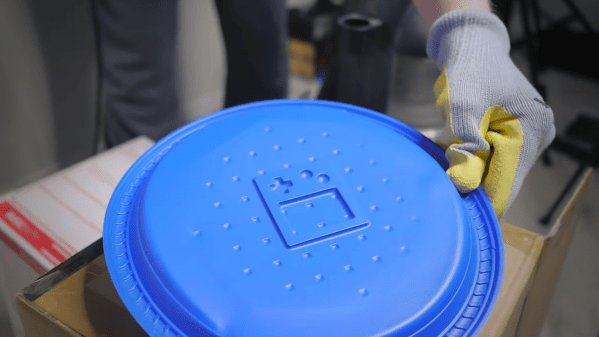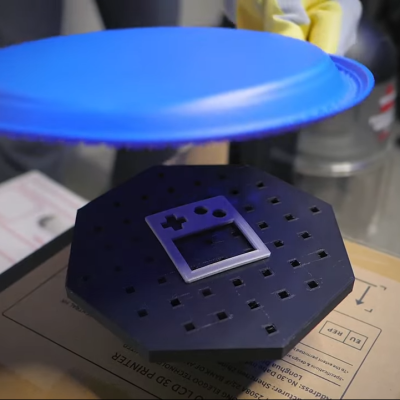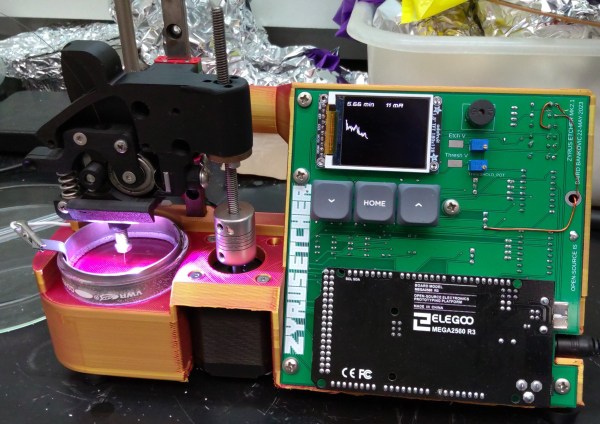Digital microscopes used to be something that only labs or universities might have, but as image sensor technology has progressed, the prices have fallen to the point that any classroom or hobbyist can easily obtain a usable device. The only problem is that a lot of features and quality have been lost to make some of these digital microscopes more affordable. In an effort to add some of these creature comforts back into more inexpensive devices, [Marb’s lab] has created a special carriage for one of these microscopes.
The first addition to the microscope is improved lighting. To accomplish this, three LEDs were built into custom housings and wired to a purpose-built LED driver board coupled with a voltage regulator. Two of the LED housings were attached to the end of adjustable arms, allowing them to be pointed in whichever direction is needed. The third is situated directly below the microscope underneath the stage. These are all mounted to a large, sturdy PVC base which also holds an adjustable carriage for the microscope itself. This allows much more fine-tuning of the distance between the sample and the microscope than it otherwise would have had.
For just a few dollars and a little bit of effort, the usability of a device like this is greatly improved. If you want to take the opposite approach and really go all-out for your microscope, though, take a look at these microscopes used for PCB circuit construction and troubleshooting or even this electron microscope for viewing things at a much higher magnification than any optical system would allow.
Continue reading “Printed Upgrades Improve Cheap Digital Microscope”

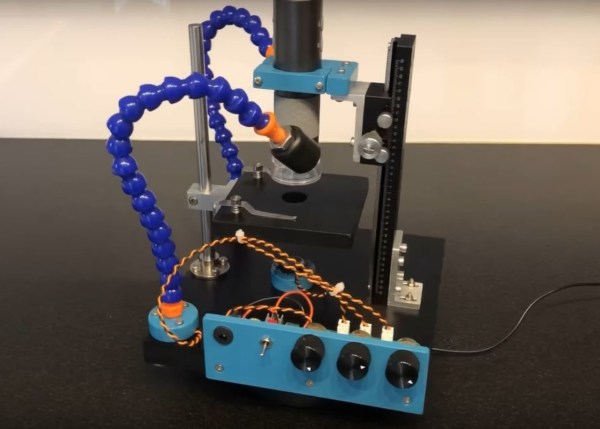
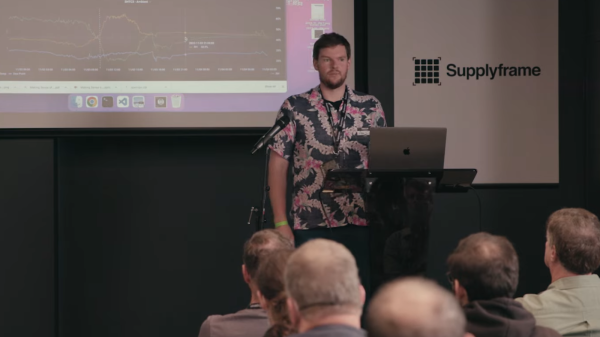

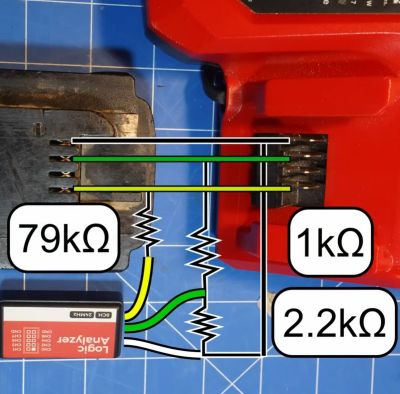
![One of the lists of commands and response messages obtained by [Tool Scientist] on YouTube.](https://hackaday.com/wp-content/uploads/2023/09/reverse_engineering_milwaukee_m18_redlink_protocol_startup_messages.jpg?w=400)
